
ABOUT SEA STARS
An amazingly rich assemblage of marine organisms lives in the cold Pacific Ocean along the shorelines of the Pacific Northwest. Of the thousands of plants and animals that dwell in these waters, sea stars are especially conspicuous. No matter the depth or the substrate, these echinoderms (echino---"spiny", derm---"skin") are among the most successful marine creatures inhabiting this rugged coast.
Coral reefs of the tropical Indo-Pacific have the greatest diversity of sea stars but compared to other temperate seas, the abundance and number of stars found along the west coast of North America is without equal in the world. In 1911, W.K. Fisher recorded 143 species from the shore to a depth of 4,100 m (13,450 ft) between San Diego, California and Point Barrow, Alaska, 70 of which are endemic (restricted to a specific geographical area) to the west coast. Recent studies in Alaska including the Aleutian Islands have reported more than 100 known species plus up to 25 newly discovered forms.
Sea stars roam the intertidal and subtidal zone, consuming every type of prey, including sponges, snails, clams, mussels, barnacles, sea cucumbers, tunicates, tubeworms, sea pens, anemones, gorgonian corals, scallops, fishes and even each other. Deceptively simple in appearance, sea stars are in fact superbly adapted, mobile creatures that have few natural enemies.
Sea stars are members of the Phylum Echinodermata, invertebrate animals that have radial symmetry, calcareous skeletons and tube-feet. This group includes sea stars, brittle stars, sea urchins, sea cucumbers and feather stars. More than 6,000 species of echinoderms live from the intertidal zone to abyssal depths in all oceans of the world.
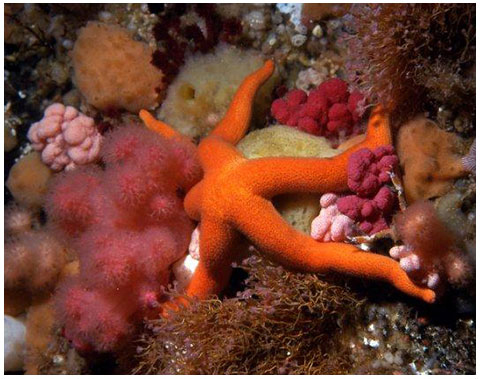
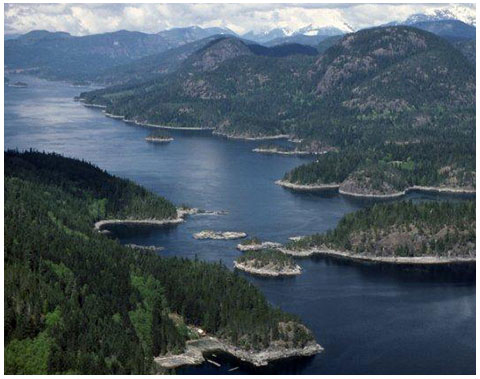
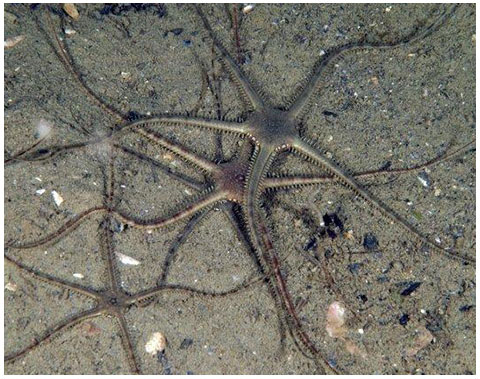
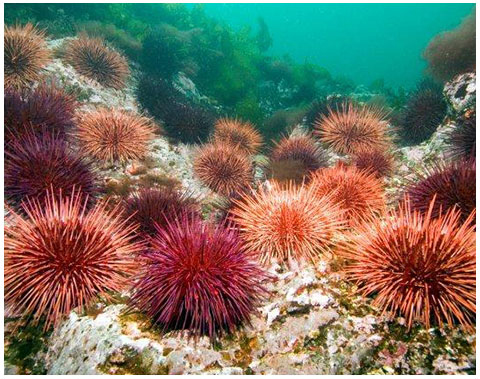
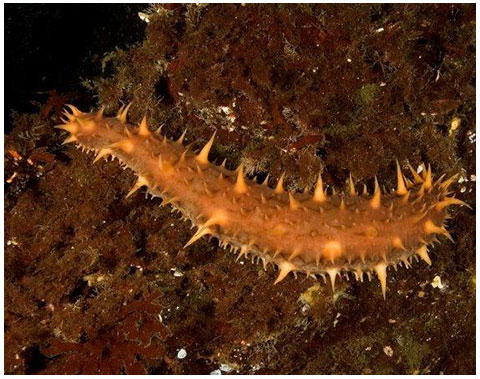
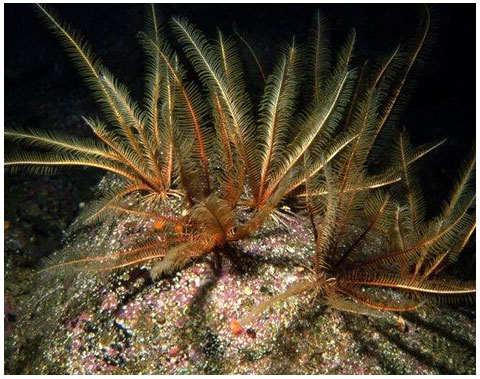
A rich assemblage of colourful invertebrates carpets a reef near the north end of Vancouver Island, including soft corals, sponges, hydroids, anemones, tunicates, tubeworms and a BLOOD STAR.
An aerial view of the rugged PNW coastline where cold ocean currents flow through narrow channels, creating perfect habitat for a wide variety of marine life.
GREY BRITTLE STARS are often very abundant on mud bottoms.
RED SEA URCHINS graze seaweeds from the ocean floor.
A GIANT SEA CUCUMBER feeds on detritus.
FEATHER STARS are common in BC mainland fjords.
6 - 6
Previous
NEXT
Your Comments & Questions Are Welcome
INTRODUCTION | ABOUT SEA STARS | BIOLOGY | SPECIES | PREDATORS / PREY | SEA STAR WASTING DISEASE | ACKNOWLEDGEMENTS | FIELD GUIDE | VIDEO
Copyright © 2018 All rights reserved.